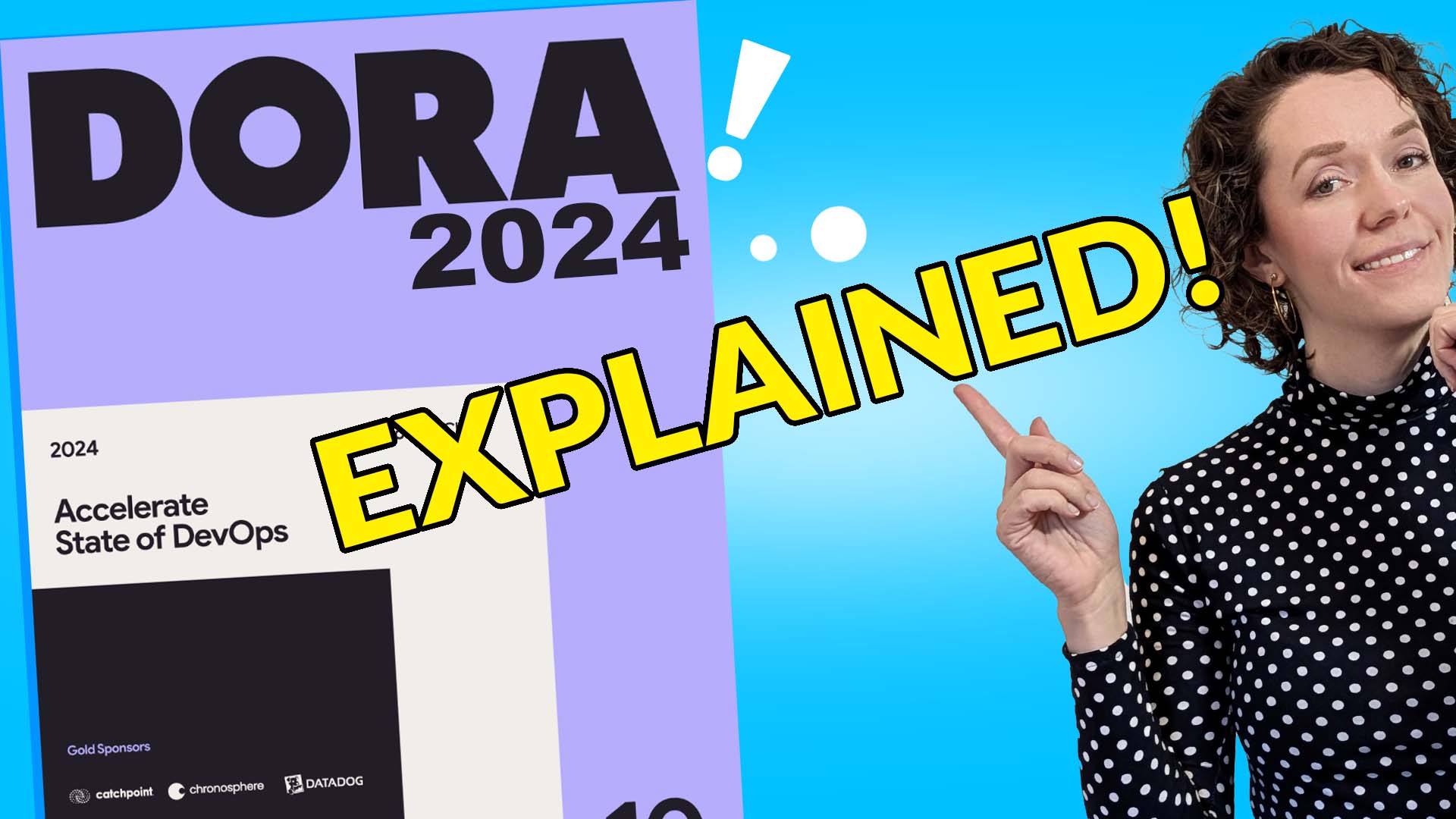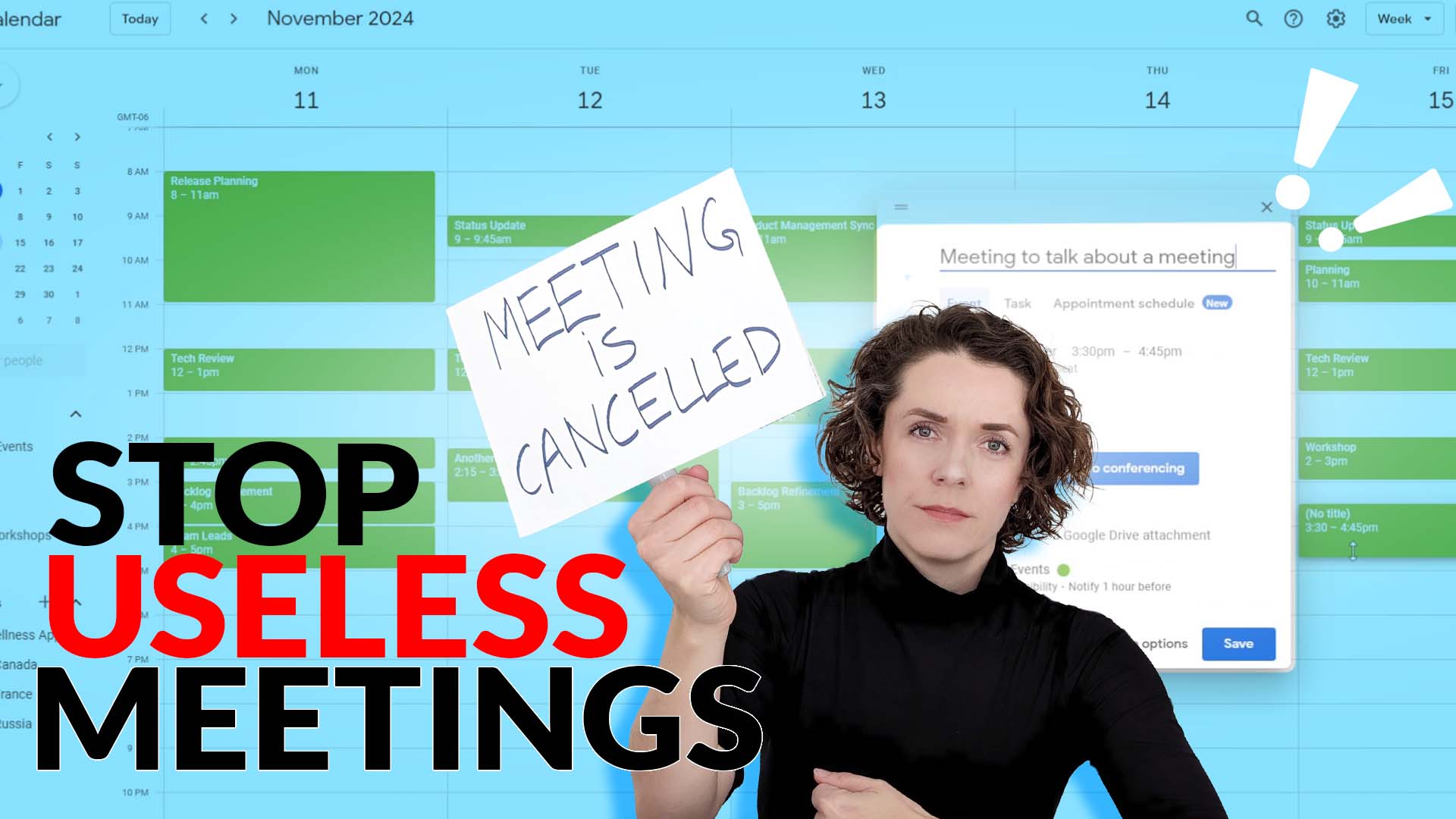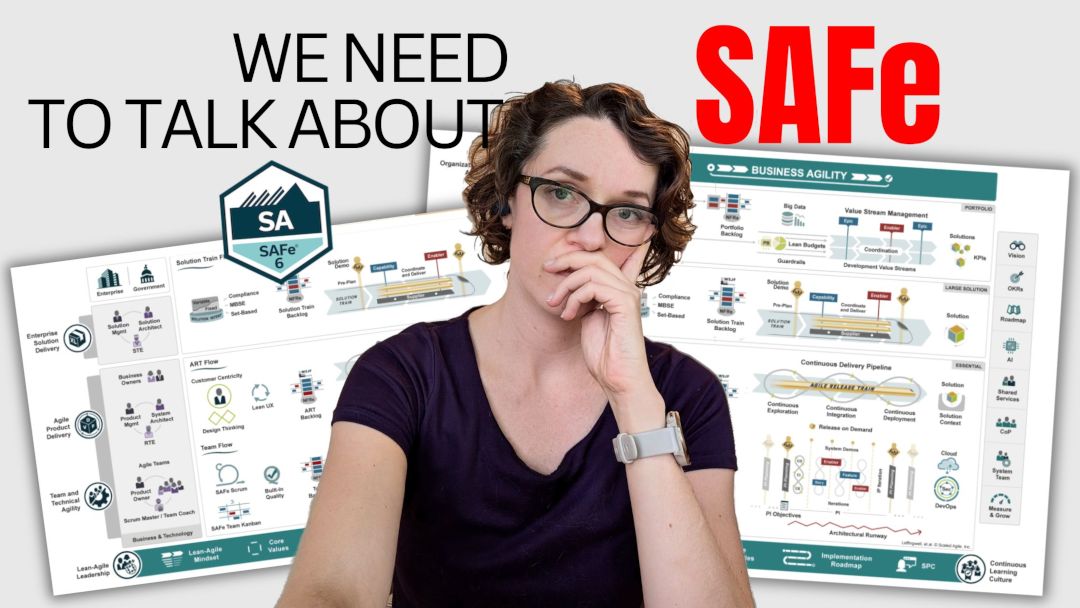Since it’s the beginning of the year, it makes sense to talk about setting great goals. As you know, Product and Sprint Goals aren’t optional in Scrum. However, many teams are struggling with it. Btw, stay tuned for an upcoming video on that topic to uncover why setting goals is so hard.
It’s not a Scrum Master accountability to set up goals. Instead you need to help your Scrum Team, and especially the Product Owner, to do so.
To help you help others, let’s review four great tools you can use. These are the tools that I used myself to set up goals for ScrumMastered in the past year, but also tools that I often use when working with Scrum Teams.
1. Lean Canvas
This is a great and simple tool to use, and you can find lots of templates online.
Lean Canvas is adapted from The Business Model Canvas and is licensed under the Creative Commons Attribution-Share Alike 3.0 Un-ported License
In short, the Lean Canvas helps you define the most important elements of your product. It can be an opportunity to create alignment between the team and the stakeholders, and allow a Product Owner to communicate the product vision and goals to others.
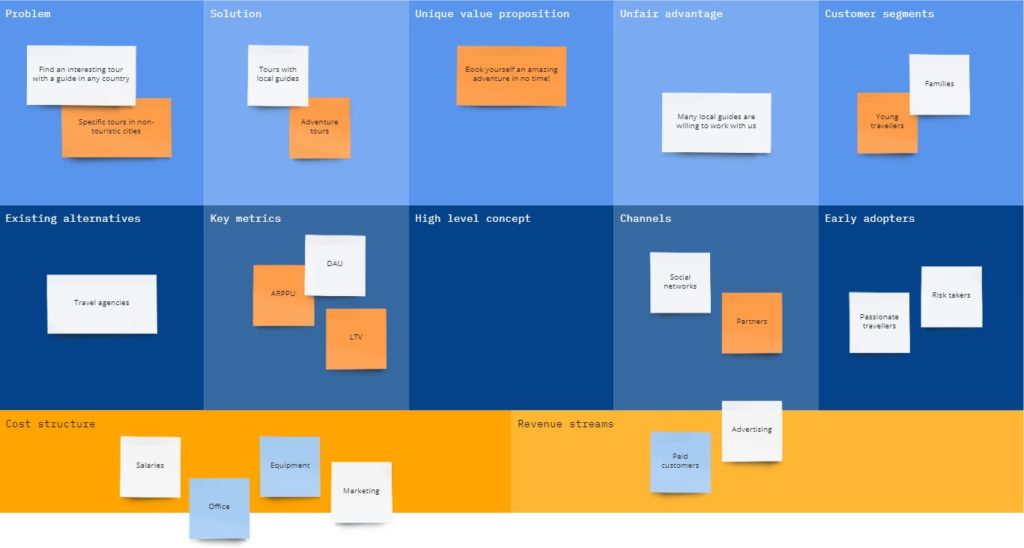
Lean Canvas goes over nine topics with specific questions that you need to answer. The best way to go through the canvas is step-by-step, from number 1 to number 9.
You might not have the full picture on the first pass, but it will give you some ideas.
- Customer Segments and Early Adopters. Identify and describe the main customer and buyer of the product. Who are the early adopters?
- Problem and Existing Alternatives. List top 1 to 3 problems customers and buyers are currently facing that the product helps to solve. What are the existing alternatives? How do they solve the problems today?
- Revenue Streams. Come up with revenue stream but keep it simple. How does the product make money? What is the product worth to your clients? What are clients are paying for?
- Solution. List solutions the product brings for each problem defined earlier. How will you deliver value?
- High-level Concept. Create your Unique Value Proposition, the underlying ’Why’ for the product’s existence. How will you get noticed?
- Channels. Identify a couple of possible channels to sell and promote your product. How will you build a path to customers?
- Key Metrics. Identify key value metrics. How will you measure success?
- Cost Structure. Identify your costs and break-even point. Think about operational ongoing costs, the cost of product, the initial investment. How will you afford your initiative?
- Unfair Advantage. This is something that cannot easily be copied or bought. How will you defend against competition? What makes your product different? What makes it better than the alternatives?
Once you get the baseline information in, it’s the time to create your Product Goal. Depending on where your product is in its lifecycle, you can use different parts of the Lean Canvas to help you here.
Key metrics can help make your Product Goal measurable. Customer segments and unfair advantage can give it more purpose. Revenue streams and channels can bring focus.
2. Impact Mapping
Impact Mapping is a bit more complex as a tool, however, once you get the hang of it, it can help you create good goals overall that focus on the most impactful and more important items. It can also be helpful in creating Sprint Goals out of a well-defined Product Goal.
In this model, you look at four key components step-by-step.
- The goal. This is the center of the mindmap you are creating. If you have a well-defined goal already, this can help you break it down into steps. However, if your goal is a bit more generic, by going through the rest of the model you might be able to make your key goal more specific and measurable.
- Actors who can influence the outcome. Who can produce the desired effect? Who can obstruct it? Who are the consumers or users of the product? Who will be impacted by it? This is a great step in identifying all the third parties to the product and uncover some motivators and resistors.
- Impacts. This is a very important component in defying good goals. Here you need to undestand what kind of behaviours you would like the actors to exhibit in relation to your central goal. Here you answer the following questions: How should the actors’ behaviour change? How can they help us to achieve the goal? How can they obstruct or prevent us from succeeding?
- Deliverables. As the name suggests, this part is more specific to the work items and can also be a great way to build your Product Backlog. It can also help drive your shorter goals, such as Sprint Goals. Deliverables are based on the impacts you have identified and answers the question: What can we do to encourage the desired behavior of our actors?
Once your Impact Map is created, you can define what deliverables would create the highest impact. Those will find themselves at the top of your backlog.
Here is a very simplified example of an Impact Map. Based on that, we can define the next goal. For example, creating an incentive might have the biggest impact as it can impact two different actors. So we can focus on that for the next release.
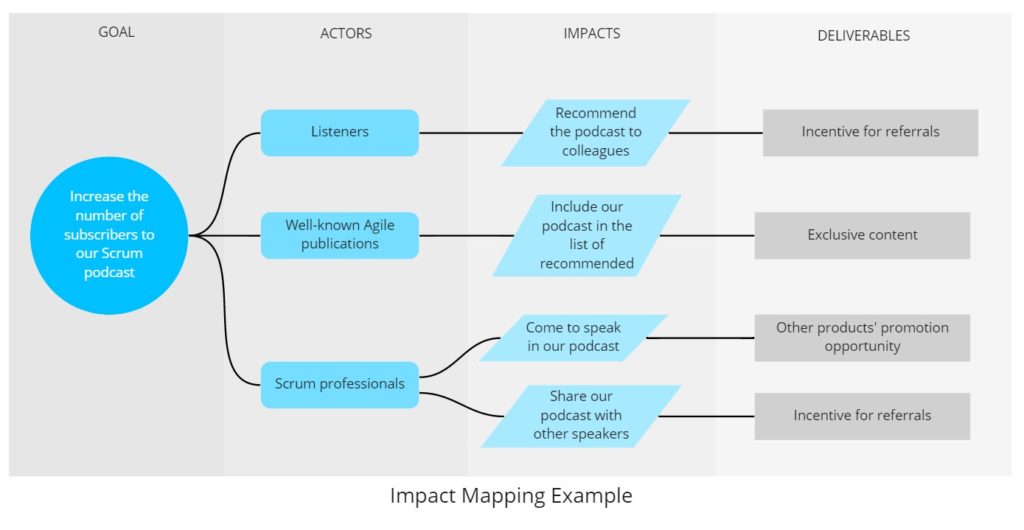
3. Product Vision Board
Another way to go about creating great goals is to start at the end and work your way backwards.
Basically, it means you need to start from the big picture, the end state, the ‘dream’ you have for the product, and then break it down.
A product vision can help with this, and a Product Vision Board is a great tool to help you define your vision.
You start with defining the target group, their needs, the product itself, and the value it brings:
- TARGET GROUP. Which market or market segment does the product address? Who are the target customers and users?
- NEEDS. What problem does the product solve? Which benefit does it provide?
- PRODUCT. What product is it? What makes it stand out? Is it feasible to develop the product?
- VALUE. How is the product going to benefit the company? What are the business goals?
(By now you should see some similarities between the different tools you can use – they all focus on the most important parts of developing a product that customers love.)
Based on the four elements, you define the product vision. Usually the vision is long-term and high-level, showing the dream, the direction, but maybe in the essence not achievable yet.
For example, your vision might be to become the most recognized triathlon athlete in the world. That is inspiring and grand, but you can just jump to get there. You need to define the steps first.
So you break it down to smaller goals:
- Get accepted into the most popular triathlon club in my city;
- Win a national competition in triathlon;
- …..
- Get accepted into the Olympics;
- Earn a Gold medal;
- …..
These goals seem much more achievable, clear, easy-to-measure. And when you create Product or Sprint Goals like that, they can give your team a much stronger sense of achievement and progress.
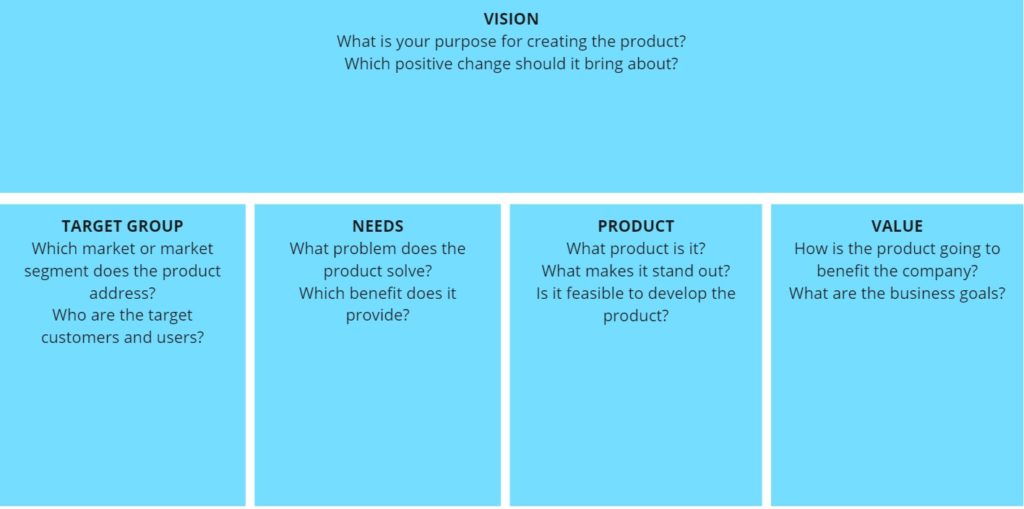
4. Story Mapping + MoSCoW
I’m sure you have already heard about User Story Mapping, maybe even used it with your team. I have also already talked about MoSCoW prioritization method here in ScrumMastered blog.
I believe that these two tools combined can be a perfect way to define great goals.
When you create a story map, you look at the overall user and customer experience with your product. What do they do step-by-step?
For example, for an e-commerce store it might look like: Search for a product online > Visit the store > Read the product description & price > Add to cart > Fill in the shipping address > Pay > Check email > Get the product & use it
In order for your customer to get any value from your product, you have to give them a way to get through the whole user journey, end-to-end. Otherwise, they don’t get the actual use from your product.
Here you will create various features and deliverables that support each step of the user experience, and once you have a list, you can jump to MoSCoW prioritization.
For each step, define what deliverables are a must-have, should-have, could-have, and won’t-have. Each layer can give you a goal and create cohesion in the features the team is developing. You can further split those goals into smaller chunks (similar to the previous method).
5. S.M.A.R.T.
Of course, the SMART goals concept is well-known. In terms of Product and Sprint Goals, in can help you make the goals more specific, especially, if you a deriving them from high-level vision or user journey.
Adding even one of these can help make better goals, and if you are able to implement more of the elements it will bring even more focus and collaboration to the team’s work.
Here is how you can help your team improve their goals:
Specific
Make the goal more specific by limiting the area it affects. For example, it can cover only one part of the user experience or be related to one customer type.
Measurable
Define the success criteria for the goal. How do you know that the goal is achieved?
Achievable
Estimation practices can help the team build more confidence around the goal. How confident the team is that they can deliver the goal? If they are not confident at all, it’s a good moment to review the goal.
Relevant
How is your goal related to other organizational goals? Product Vision can be helpful here. You and your Product Owner might also want to re-align on that goal with stakeholders.
Time-bound
Adding a time limit can make the goal better. It’s important to note that any deadlines should be based on the estimations provided by the team, rather than defined outside of the team. However, if there is a deadline, you might need to limit scope instead which in turn will make your goal smarter.
This summarizes various tools and techniques you can bring to your Scrum Team to help them define great Product and Sprint Goals. Scrum doesn’t prescribe what tools we should use, so it leaves a many questions unanswered.
If your team is struggling with creating great goals, experiment with practices like the ones above, for example, in Sprint Planning.
